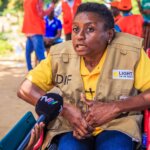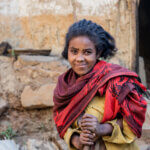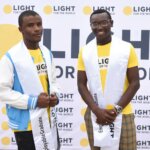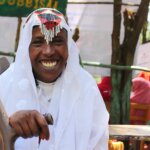- General
- Disability Rights
Are you a journalist who wants to know how to report on disability? From using inclusive language to making reasonable accommodations for interviews, here are six tips for journalists reporting on disability.
One in six people has a disability. Yet the “world’s largest minority” is underrepresented in mainstream media reporting.
When stories about people with disabilities are told, they still often focus on the negatives of living with a disability and how this can be “overcome”. There is little mention of societal responsibility to remove barriers. This reinforces stereotypes and misrepresents the reality of many of the 1.3 billion people with disabilities.
Reporting on disability should be accurate and respectful. Here are 6 tips for journalists on how to report on disability.
Language matters
Language is powerful. Journalists reporting on disability have a responsibility to use language that accurately reflects the lived experiences of people with disabilities.
This includes recognising there are multiple valid perspectives on self-definition. These include:
- Person-first language, which places the person ahead of their disability — i.e. person/people with a disability.
- Identity-first language, preferred by some people with disabilities, which emphasises disability is an inseparable part of their identity and/or that they are disabled by a society that blocks their participation.
Ask the interviewee’s preference. They are the rights holder and should define how they are represented. Consider cultural context — one person’s description of ‘outdated’ language could be another person’s recommendation for ‘progressive’ terminology. Language use often differs from country to country. If the interviewee is unsure, the journalist could suggest person-first or identity-first descriptions as examples.
Journalists reporting on disability should avoid euphemisms. Phrases like “differently abled” and “challenged” may be patronising or offensive to people with disabilities. Such euphemisms are based on outdated ideas disability is something to be ashamed of, and talking about disabilities should be softened.
Light for the World’s transformative language guides feature a glossary with tips on words and phrases to use and avoid.
Make reasonable accommodations
When preparing to interview someone with a disability, it is important to consider reasonable accommodations. These are changes or adjustments that enable a person with a disability to fully participate in a process.
For a media interview, a reasonable accommodation could be funding time for a sign language interpreter for an interviewee who is Deaf.
For someone who is blind, a clear explanation of any visual cues and context, which make up part of the interview or end-product, should be made. A blind person may also have a personal assistant accompany them to an interview, who should be accommodated and made welcome.
If an interviewee has a physical disability, journalists should ensure the location of the interview, like a studio for a radio interview or podcast, is fully accessible. For example, by ensuring there is a ramp for wheelchair access, an elevator and accessible bathroom.
For interviewees with learning or intellectual disabilities, journalists should ask open questions, be patient, consider the environment and ensure the interviewee gives consent.
Reasonable accommodations are, by definition, reasonable. They should not be a barrier to interviewing people with disabilities.
A question to work out what reasonable accommodations might be needed is often: “What do you need so this interview works well for you?”
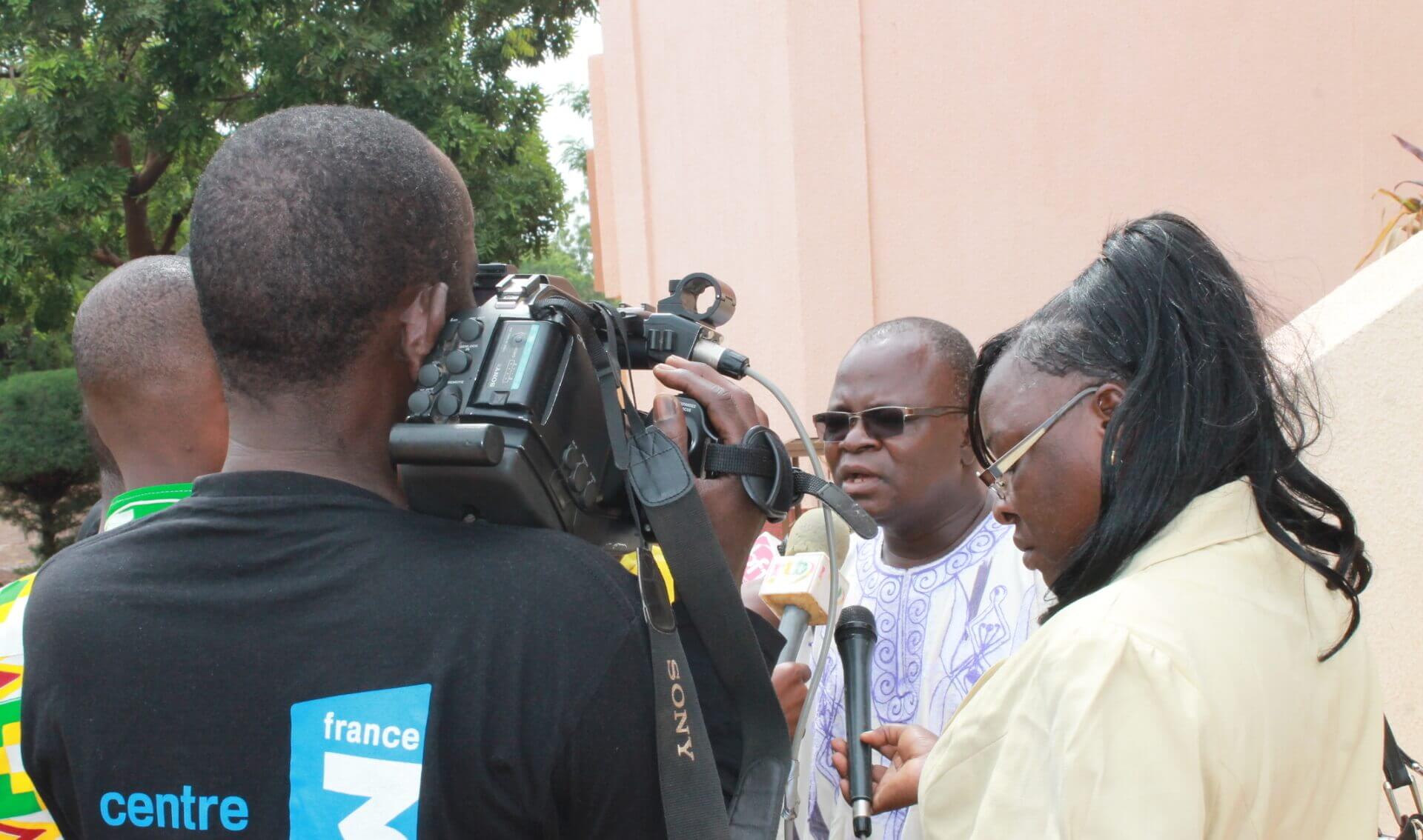
Let interviewees speak for themselves
Reflecting the disability rights movement’s motto, “nothing about us, without us”, stories about disability should amplify the voices of people with disabilities.
Too many reports about a specific type of disability fail to include an interview with a person with that disability. People with disabilities can communicate for themselves, and journalists should seek out their views and experiences directly.
Remember though, people with disabilities are a diverse group and an individual is not qualified to speak for all people with different types of disability. Avoid generalising or reaching sweeping conclusions based on the experience of one or two people.
Reporters can contact Organisations of People with Disabilities (OPDs) at national and international levels to speak with experts with lived experience.
Light for the World also has a network of Disability Inclusion Facilitators and Advisors — people with disabilities who act as changemakers in the community and can comment on various issues.
Ambrose Murangira, Technical Director for Disability Inclusion at Light for the World, says: “There is huge power in amplifying the voices of people with disabilities in the media. They are the experts on issues that affect them, and their views should be heard and taken into account.”
Be wary of stereotypes
Disability is not inability. As the late comedian and journalist Stella Young explains in the video below, not all people with disabilities are “inspiring” just because they have a disability.
Too often, stories about people with disabilities in the media follow the “hero” or “victim” narrative. This sensationalises their experience and risks suggesting disabilities are a barrier to “normal” life.
Journalists reporting on disability should also be conscious of demonstrating ableism in their work. For example, describing a wheelchair user as “wheelchair-bound” or “confined to a wheelchair”. Using a wheelchair means mobility, independence and freedom.
Ensure stories are accessible
News reports should be accessible to all, regardless of disability.
Images and videos in online articles should all include alternative (alt) text. Alt text is read aloud by screen reader software to explain the content of the image or video for a person with a visual impairment.
For a radio report or podcast featuring someone who is Deaf, media outlets should provide a transcript of the final report or conversation. Broadcast reports should include subtitles and a sign language interpreter. Ideally, reports should include these accessibility features for all their audience.
Seek out more stories about disability
People with disabilities are regularly left out of stories reporting on facts and figures, because disaggregated data is not collected.
From access to education and housing to employment discrimination, there are many newsworthy disability issues to investigate. Check out Peter Fremlin’s Disability Debrief library or the BBC’s Access All podcast for examples of journalists doing comprehensive reporting on disability.
For journalists who need more guidance how to report on disability, there are online resources and consultants who can provide advice. They can help ensure your outlet’s ethics and style guide, for example, are disability inclusive. Editors should also hire more journalists with disabilities.
Light for the World communications colleagues offer training courses for journalists in the countries where we work to increase knowledge and understanding of disability rights.
“Before the training, I struggled to capture the right language and terminologies to describe people with disabilities,” says Majak Kuany Alier, a freelance journalist and Secretary General of the Union of Journalists of South Sudan.
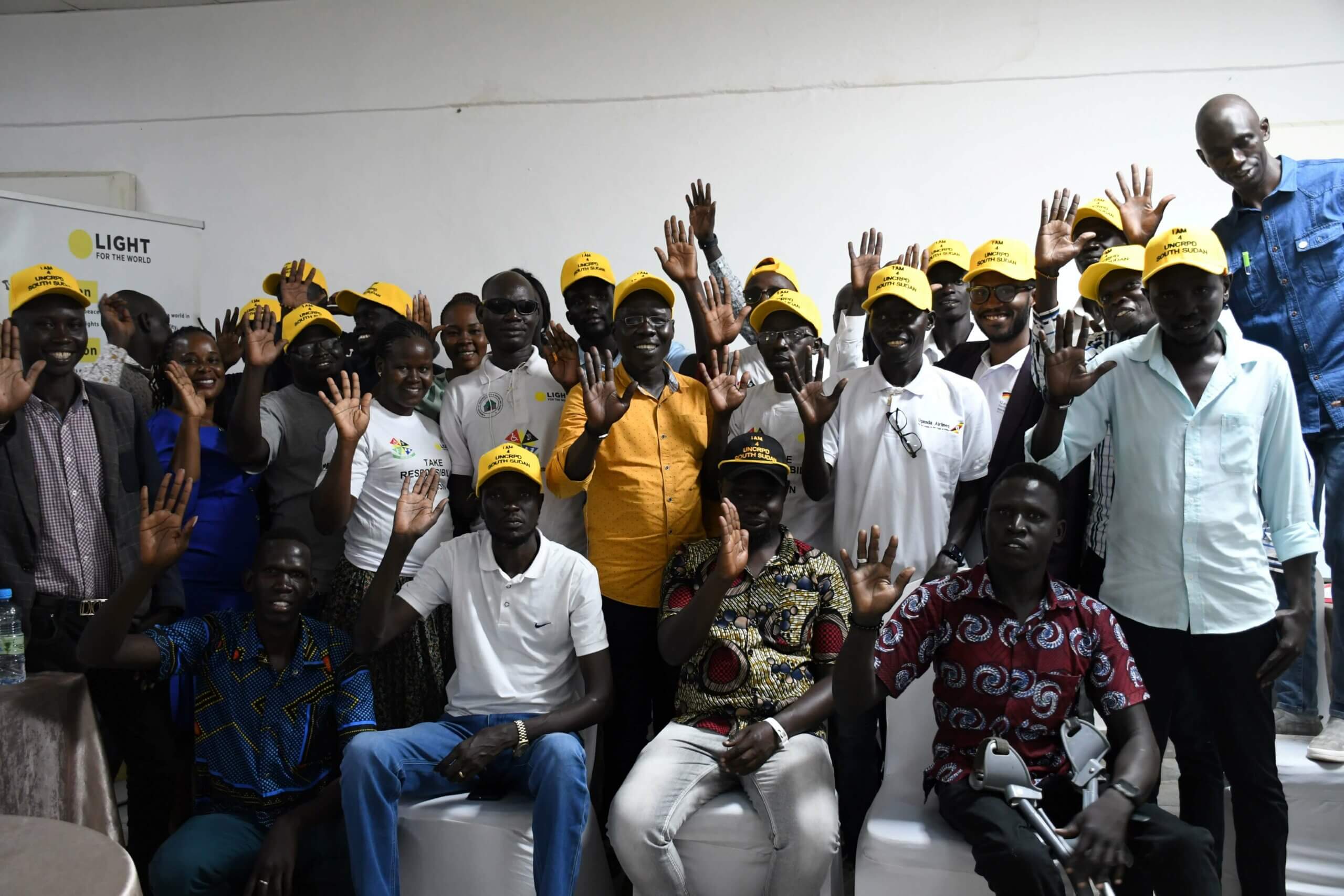
“This training acted as an eye opener for me and the media family in South Sudan. There were sessions on awareness and understanding disability, and on using the correct terminologies, the dos, don’ts and why.”
A journalist from Uganda Broadcasting Corporation says: “We need these kinds of trainings, not only in the workshops, but also in the schools for journalism.”
Recommended resources for media covering disability include:
- Liz Omabti’s reporting tips (Covering disability in the media | Inclusive Futures )
- Haben Girma’s message to journalists (Bio + FAQ – Haben Girma) and
- The International Labour Organization’s guidelines
- Business Disability Forum’s disability-smart language advice (Business Disability Forum guide to disability-smart language).
- Resources from the US-based National Center on Disability and Journalism
- The BBC’s guide for people with disabilities on how to prepare for an interview
- Disability Debrief library
- The UN’s Disability-Inclusive Communications Guidelines
